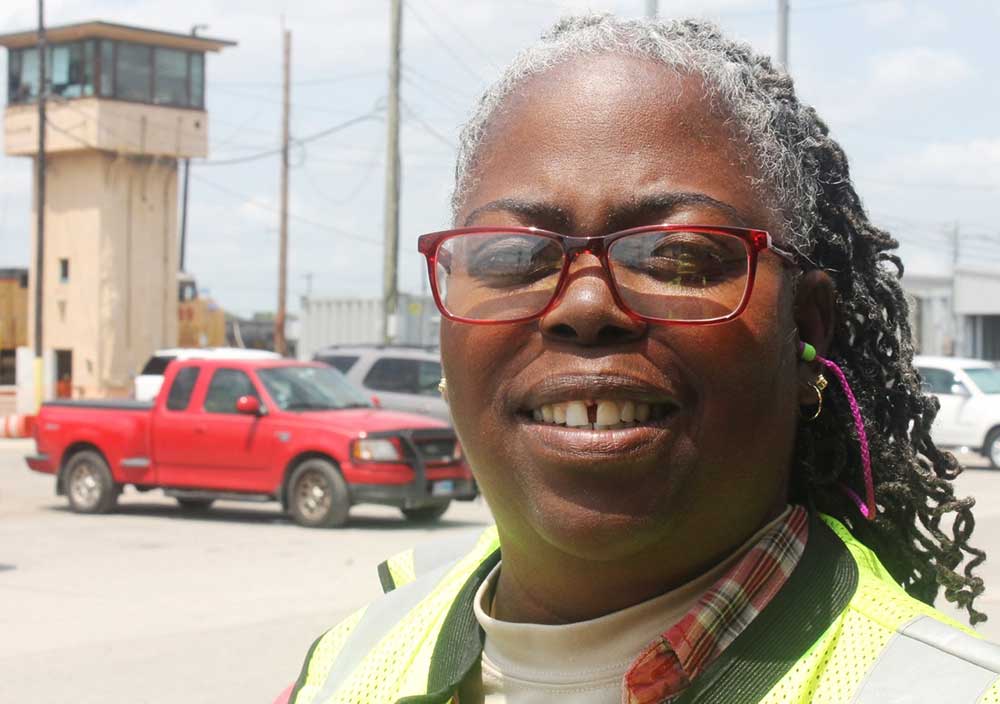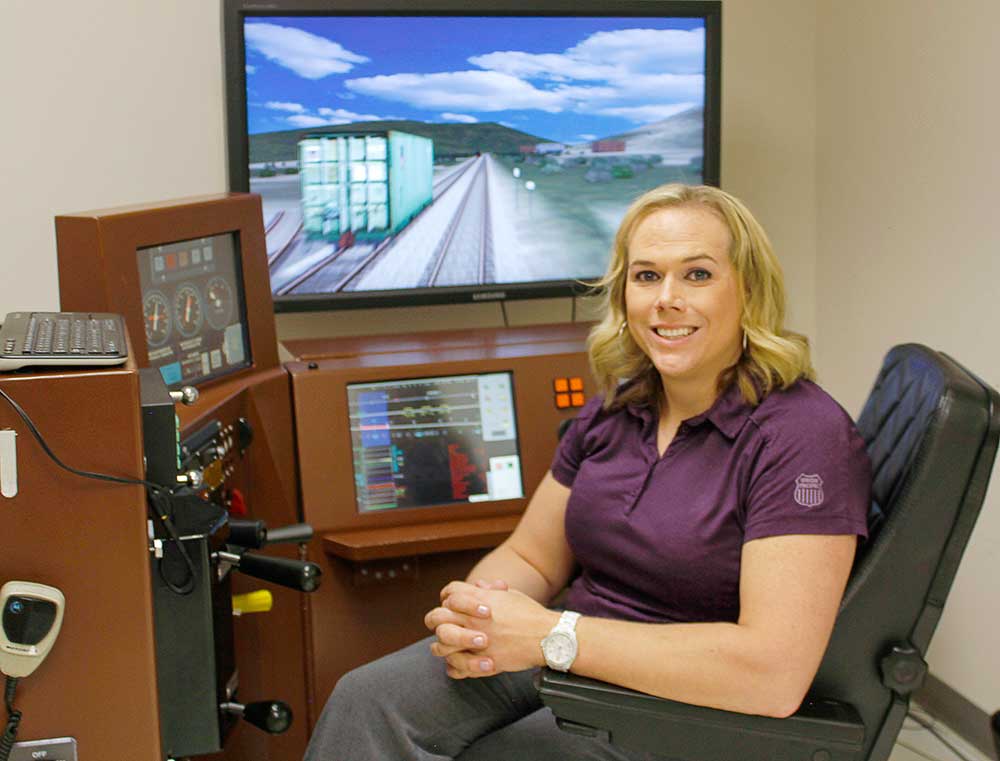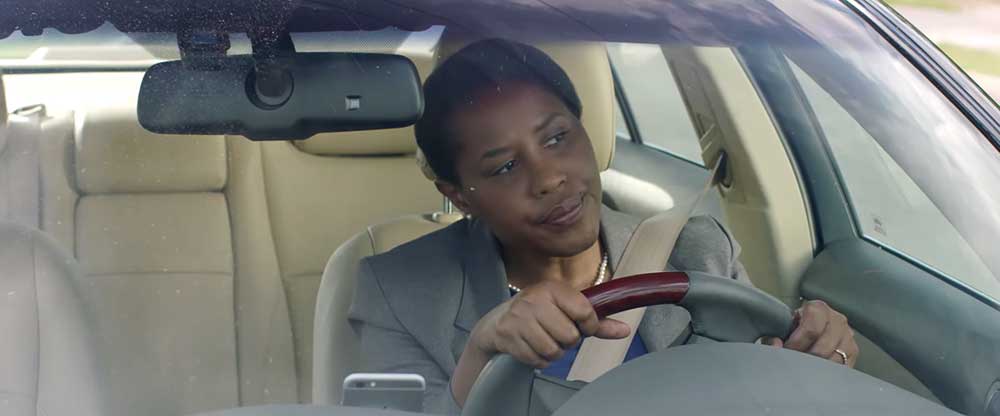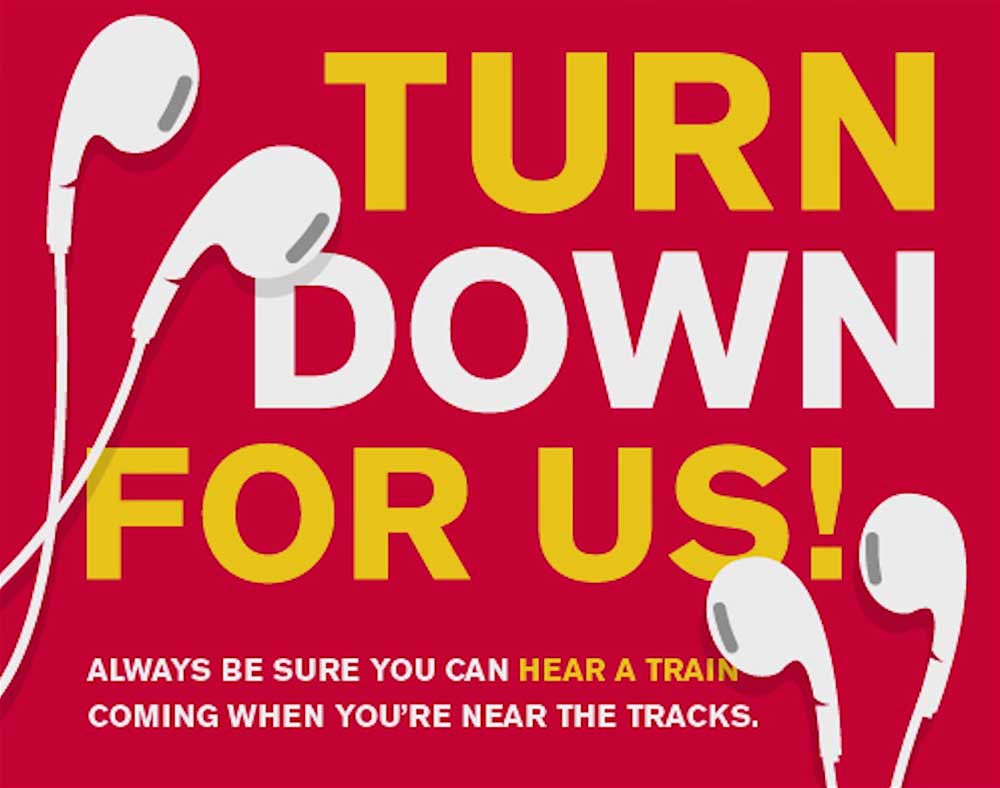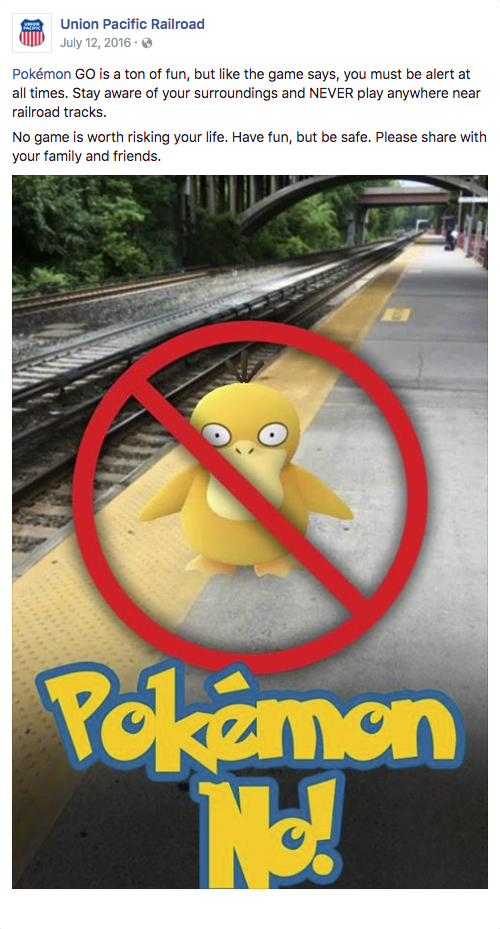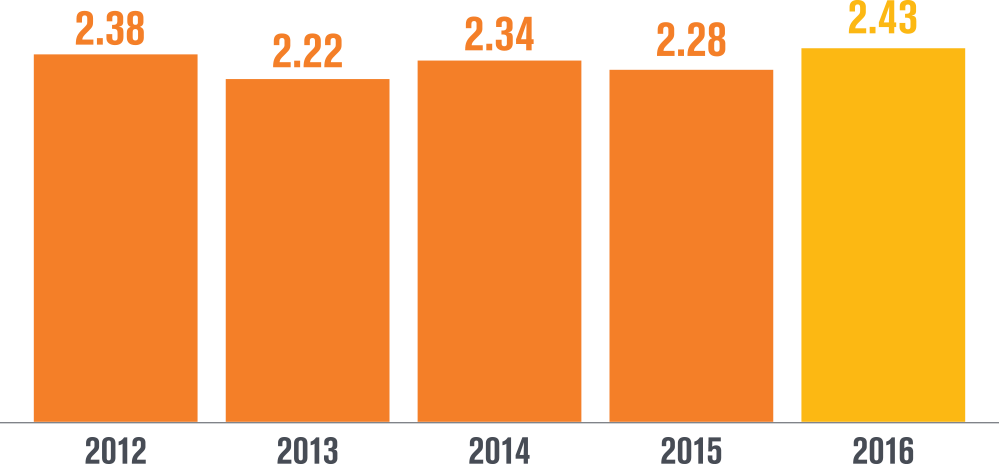Union Pacific made significant progress implementing positive train control (PTC), an advanced system designed to automatically stop a train before certain accidents occur. Key milestones reached in 2016:
- More than a quarter of track segments are PTC-ready. These 59 track segments, or subdivisions, are equipped with wayside devices (signals, switches and radios) and have defined GPS coordinates, which identify thousands of precise locations for systemwide PTC coordination. The PTC-ready segments cover a wide swath of UP's Western Region, from Southern California to Portland; from Portland to Pocatello, Idaho; and from Roseville, California, through Reno to Elko, Nevada.
- Training efforts continue with more than 7,000 employees educated on PTC operations. Diverse training materials are tailored to a variety of employee roles, including engineer, conductor, dispatcher, maintenance of way/engineering, mechanical, signal, telecom and information technologies.
WHAT PTC DOES:
Automatically stops a train before certain accidents caused by human error occur, including train-to-train collisions, derailments caused by excessive train speed, unauthorized train entry into work zones or movements through misaligned track switches.
WHAT PTC DOES NOT DO:
Will not prevent vehicle-train accidents at railroad crossings, stop trains when pedestrians are on the tracks, or prevent incidents due to track or equipment malfunctions.


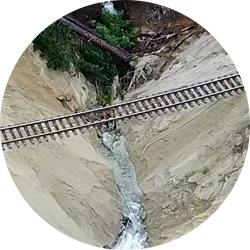
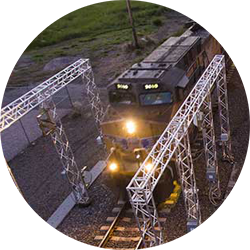

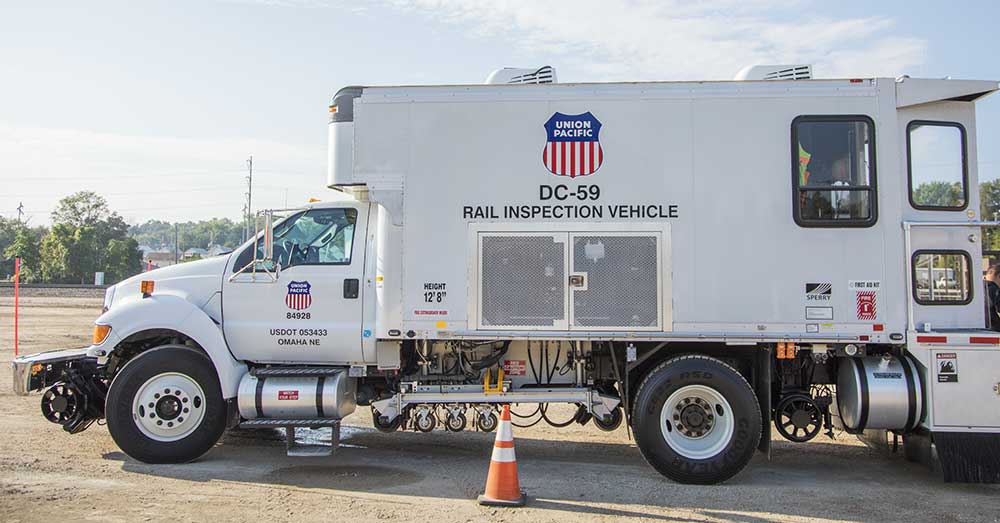
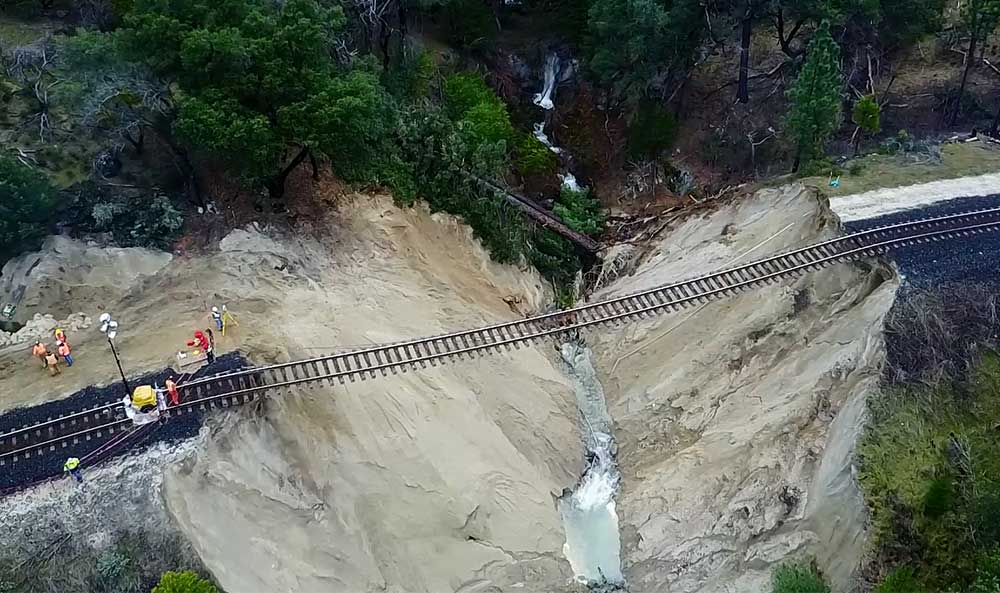
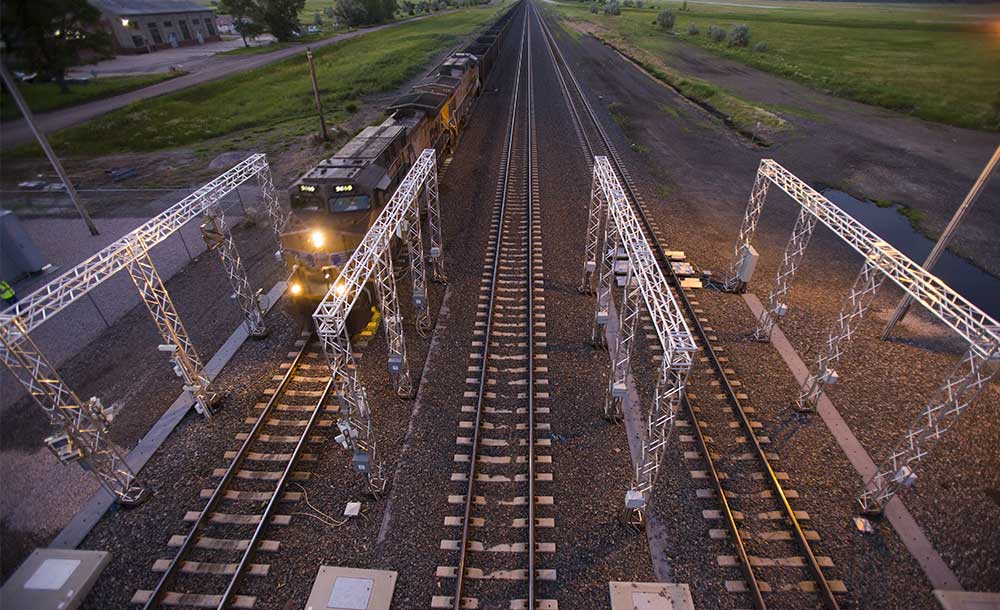
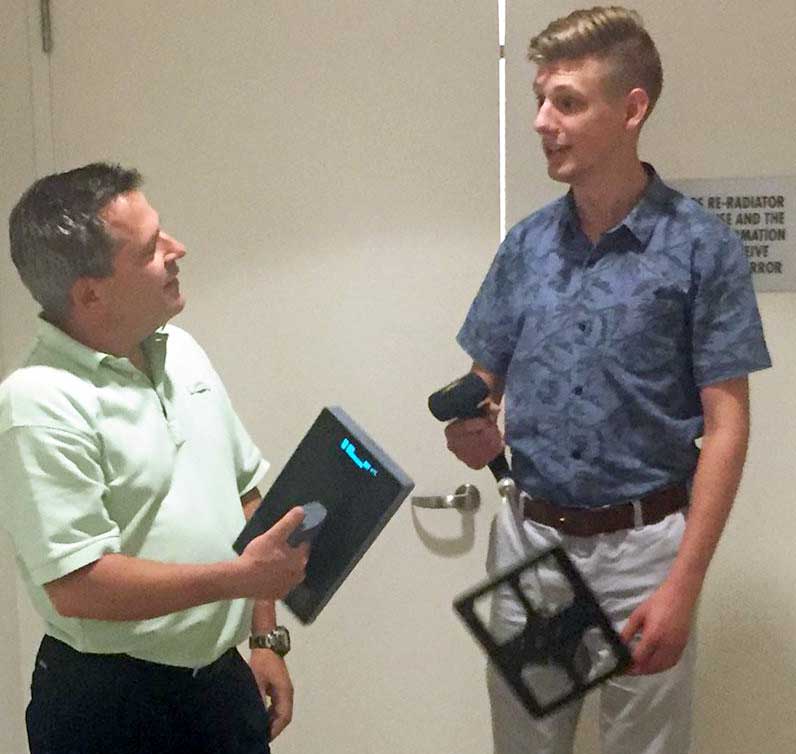
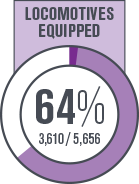
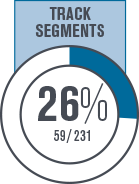
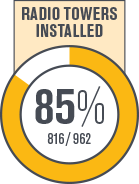
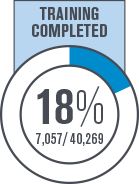
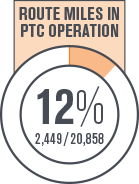
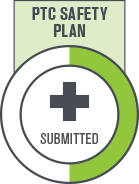

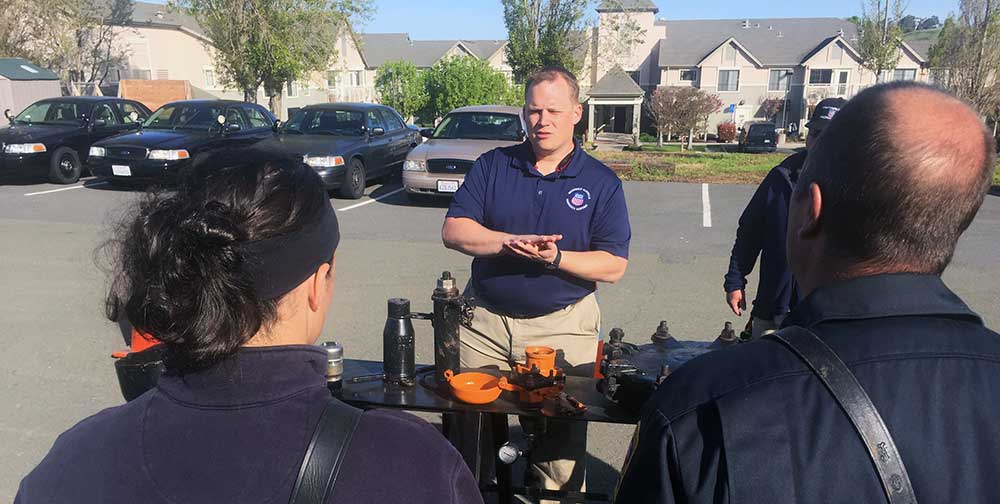
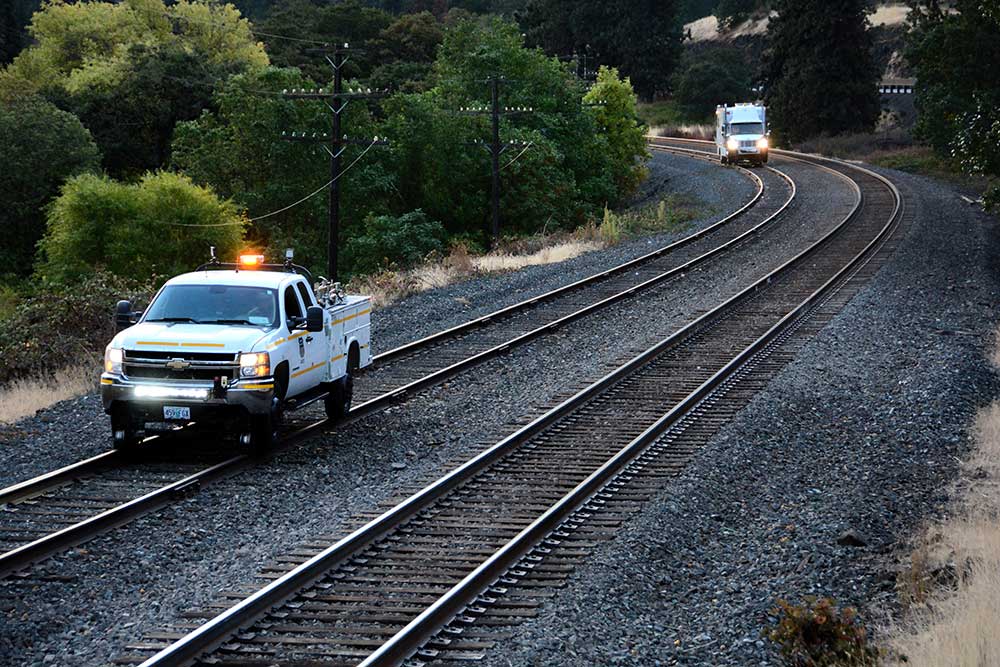
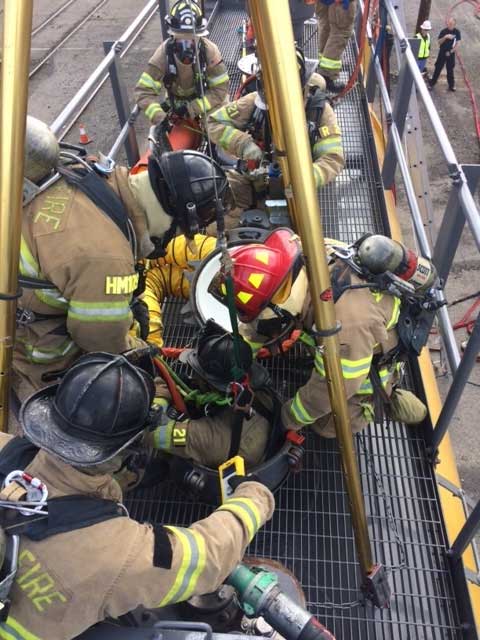
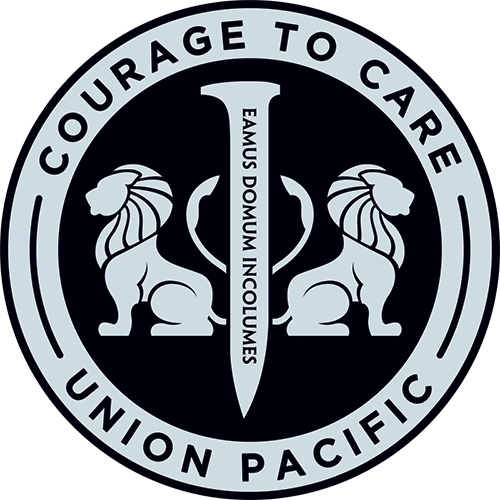 Courage to Care, a voluntary commitment made by Union Pacific employees since 2012, empowers employees to look out for their peers and "stop the line" on any operation that could result in an incident. The company also occasionally pauses system-wide operations for safety stand downs, giving employees an opportunity to have candid safety discussions and share experiences to learn from each other. Jan Yates is among many Houston volunteers participating in employee-driven safety initiatives.
Courage to Care, a voluntary commitment made by Union Pacific employees since 2012, empowers employees to look out for their peers and "stop the line" on any operation that could result in an incident. The company also occasionally pauses system-wide operations for safety stand downs, giving employees an opportunity to have candid safety discussions and share experiences to learn from each other. Jan Yates is among many Houston volunteers participating in employee-driven safety initiatives.
